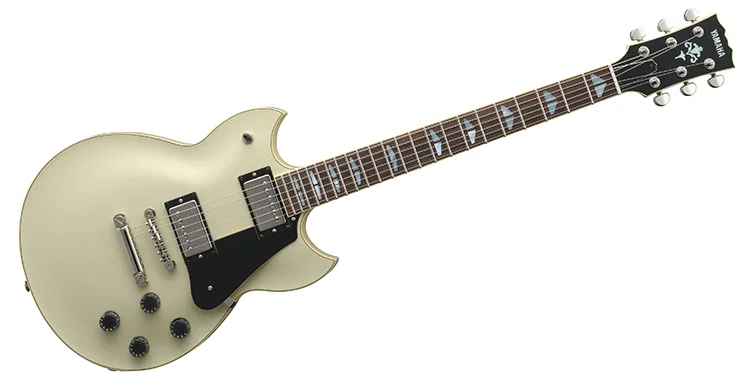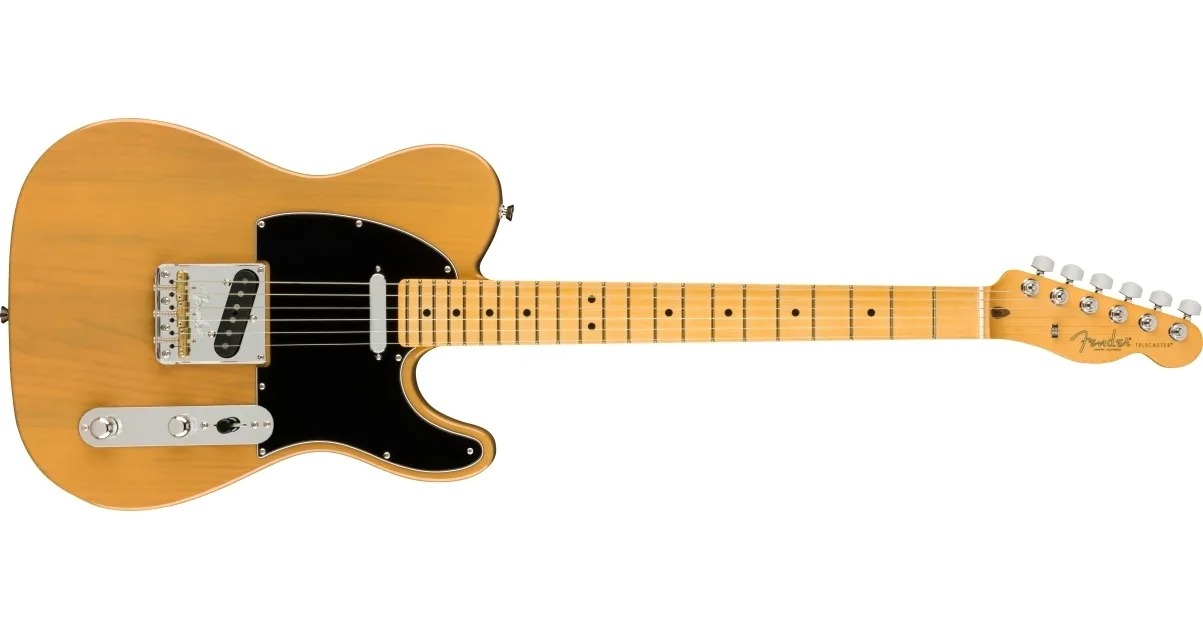Are you ready to rock and roll? But first, how many strings does an electric guitar actually have? As a music lover and guitarist myself, I understand the importance of knowing your instrument inside and out. And when it comes to electric guitars, one of the most common questions beginners ask is about the number of strings it has.
In this article, we’ll dive into all things electric guitar strings. From the standard six-string setup to different variations like seven and even twelve strings! We’ll also explore why different numbers of strings can affect your playing style and techniques. Whether you’re just starting or looking for a new challenge, understanding the number of strings on your electric guitar is crucial in creating that perfect sound. So let’s tune up our knowledge and get ready to strum away!
So, how many strings does an electric guitar have?
An electric guitar typically has six strings, but some models may have seven or even twelve strings. The standard tuning for a six-string electric guitar is E-A-D-G-B-E, with the thickest string being the low E and the thinnest string being the high E. However, this can be adjusted to different tunings depending on personal preference or style of music.
The number of strings on an electric guitar plays a significant role in producing its unique sound. Each string is tuned to a specific note, and when played together, they create chords and melodies that make up songs. The more strings an electric guitar has, the wider range of notes it can produce.
Some musicians prefer guitars with fewer strings as it allows them to focus on playing simpler chords and riffs without getting overwhelmed by too many options. On the other hand, others enjoy having more strings for added complexity and versatility in their playing.
Ultimately, whether an electric guitar has six or twelve strings does not determine its quality or playability; it simply offers different options for musicians to explore their creativity and express themselves through music.
Understanding the Standard Six-String Electric Guitar
If you’ve ever held an electric guitar, the first thing that probably struck you was its striking beauty. Shiny, sleek body with six magical strings, each one carefully placed atop gleaming metal frets on a polished neck. However, to truly understand this instrument is to delve into both its structure and sound. The six-string electric guitar is no ordinary string instrument; it’s deeply rooted in music history and remains central within many genres today.
There’s a unique science behind how these instruments work:
- Pickups: At the heart of every electric guitar are ‘pickups’, which are transducers converting vibration from the strings into electrical signals.
- Volume & Tone Controls: This allows for variations in loudness and tonal characteristics.
- Frets & Strings: Fretting alters pitch while strumming or picking creates vibrations along the strings, creating different notes.
These seemingly simple parts come together harmoniously to allow musicians incredible range – from delicate melodies all the way up through powerful chords.
Now imagine yourself at a concert. The spotlights blaze as fingers dance across those six-strings, sending out waves of energy and emotion throughout thousands of cheering fans — just think! All that magic comes from understanding the standard six-string electric guitar. Each twang, rattle or raw power-chord resonates deep within us because of those essential components working seamlessly together. It’s not just about making noise; it’s about creating memories and touching souls with music — all thanks to this remarkable innovation.
Exploring Seven and Twelve String Electric Guitars: Advantages and Challenges
As a guitar enthusiast, you might have toyed with the idea of giving up your standard six-string electric guitar for either a seven or twelve string variant. If that’s the case, then experimenting with these unique types can bring an entirely new dimension to your music. A seven-string electric guitar grants musicians wider range in sound as it adds an extra lower-pitched string. This makes it ideal for metal genres where heavy riffs rule supreme! But make no mistake, this beast is versatile enough to strum out equally enchanting jazz rhythms.
However, mastering a seven-string isn’t child’s play; it demands dedication and practice from budding musicians. It has a larger neck size which may feel uncomfortable initially but offers greater freedom once you get accustomed to it.
- The challenge: Getting comfortable with its wider neck while keeping the rhythm intact.
- The advantage: More strings equal more tonal possibilities!
On the other hand, a twelve-string electric guitar delivers fuller and richer sound due to pairs of closely-tuned strings played together as one- think two guitars blending into one synchronic melody! The harmonious interplay between each pair of strings creates lush chords that are perfect for folk and pop classics.
Yet playing a twelve-string requires greater physical effort because striking two adjacent strings simultaneously needs more force.
- The challenge: Applying adequate pressure on paired strings without compromising on precision.
- The advantage: Achieving lush tones unobtainable with conventional six-string guitars!
So whether you pick up a seven or twelve string instrument depends largely on what kind of musical repertoire you wish to explore, however be prepared for some initial hurdles before being able to truly master these expanded instruments!
Read also: how many strings does an electric guitar have
How Different Numbers of Strings Affect Playing Techniques
Understanding the Impact of Strings on Playing Techniques
When you pick up a stringed instrument, you’re not just holding a piece of history and culture in your hands. You’re also embarking on an exciting journey that’s shaped by the unique number of strings it has. Let’s take for example two popular instruments – guitars and violins – one with six strings, another with only four.
Guitars: Six Strings
Six-stringed guitars, standard instruments in rock, pop or blues genres offer a wide array of notes to play. They give musicians the ability to create rich harmonies, intricate chord progressions and stunning solos. Each string is tuned to a specific note (from lowest pitch E-A-D-G-B-E), allowing players to strum several at once or pick individually for a melody line. Having more strings does require more coordination between fingers but fosters technical versatility and complexity.
Violins: Four Strings
Now imagine playing an instrument with fewer strings like violins – which have only four! Even though they possess less than their guitar counterparts, their musical potential is no less impressive due to different tuning intervals (G-D-A-E). The lesser quantity means there are fewer notes available instantly under your fingertips so violinists often shift positions along the fingerboard to hit those higher registers.
- The reduced number makes bowing techniques more manageable.
- It promotes faster mastery as each string can be focused on distinctly without overwhelming beginners.
In essence, every extra or missing string makes its mark by shaping our approach towards mastering these beloved instruments.

Choosing the Right Number of Strings for Your Style and Level
The wonderful world of guitar playing is filled with countless choices. One such decision that often bewilders newbies and pros alike is the number of strings on a guitar. It’s important to note here that there isn’t a one-size-fits-all answer—it truly depends on your level of expertise, style, and the sound you’re aiming for.
If you are just starting out or have been strumming away at an intermediate level, a traditional six-string guitar might be perfect for you. They’re versatile, easier to master and offer enough sonic versatility to suit genres like rock, pop, folk or blues.
On the flip side, more experienced players may opt for seven or eight-string guitars. These instruments open up uncharted musical territories – they provide additional lower-range notes which can deepen your tone considerably. This makes them ideal for specific genres like heavy metal or jazz where rich tonal diversities are valued. However, keep in mind that these extra strings require superior dexterity and understanding of music theory making it slightly challenging but definitely worthwhile.
In essence when choosing the right number of strings consider your skill level first then match this with your preferred genre – whether it’s subtle acoustic melodies or thunderous metal riffs!
You may also like: p515 yamaha piano
Mastering Your Guitar’s String Setup for Better Sound Production.
Guitar playing is a joyous experience, and to amplify that pleasure, mastering your guitar’s string setup is absolutely crucial. The importance of the strings cannot be underestimated – they are literally the lifeblood of your beloved instrument. They determine not just how well you play but also the quality of sound produced. String setup includes various elements like choosing the right type of strings, maintaining them properly for longevity and most importantly aligning each string at an optimal height on your fretboard; often referred to as ‘action’.
Each variety of guitar strings – steel, nylon or gut – has its own unique tonal qualities and feel under your fingertips. Similarly, setting up different gauges affects both volume level and tone intensity.
- Heavier gauge strings: Bring richness in low-end frequencies producing deeper tones but require more finger pressure.
- Lighter gauge strings: Easier to play with less tension but lose some depth in sound.
The ‘action’ or height adjustment plays a vital role too. Higher action creates room for louder strumming without buzz yet might make harder fingering while lower action eases finger movement along fretboard but risks buzzing sounds if not set correctly.
Each player will have their personal preference based on their playing style which influences this decision significantly. So don’t shy away from experimenting until you find what resonates best with you! Remember great musicians aren’t born overnight; it takes time to grasp these nuances fully so take it easy on yourself while enjoying this wonderful journey into better sound production.

